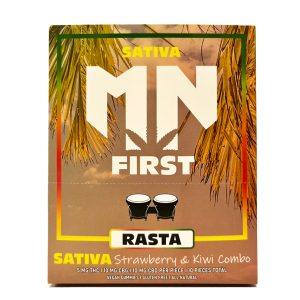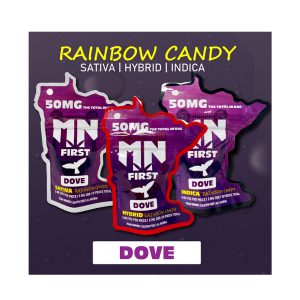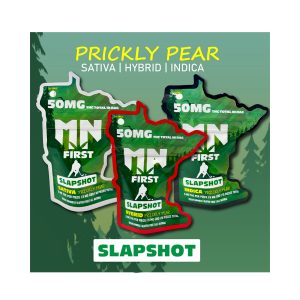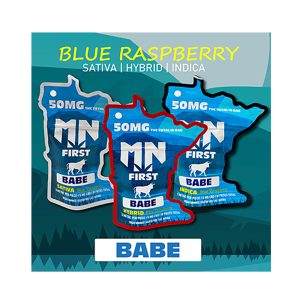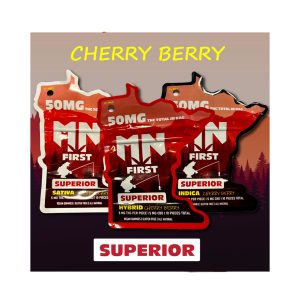**Classification and Development of Pesticides:**
– Pesticides classified by target organism (herbicides, insecticides, fungicides, etc.)
– Biopesticides categories: microbial, biochemical, plant-incorporated protectants
– Structural classes based on mode of action
– Formulation with active ingredients and other components
– Categorization based on mode of action for resistance management
– Historical evolution from inorganic compounds to synthetic organic compounds
– Introduction of integrated pest management (IPM) and genetically modified crops
– Development process for new pesticides, including testing, optimization, and cost estimates
**Regulations, Safety, and Impact:**
– FAO definition of pesticides and approval requirements for effectiveness and safety
– Systemic vs. non-systemic pesticides and classification based on persistence
– Global bans on persistent pesticides like DDT due to environmental concerns
– Impact on agriculture, including organic farming trends and changes in pesticide usage
– Environmental impact and regulations to prevent accumulation of harmful pesticides
**Uses and Benefits of Pesticides:**
– Control of harmful organisms in agriculture, disease-transmitting insects, and allergic reactions
– Prevention of illnesses from contaminated food and management of weeds
– Benefits including cost savings, increased crop yields, and job preservation
– Biological benefits like pest control, improved crop yields, and disease prevention
– Monetary benefits, such as increased sales, crop availability, and cost-effectiveness of pesticide use
**Global Pesticide Usage and Statistics:**
– Global pesticide use in agriculture, with Brazil as the largest user in 2021
– Trends in insecticide use in the US and variations in applications per cropland area
– Increase in pesticide use per capita over the years
– Sales statistics, including world pesticide sales and generic pesticide sales
– Impact of pesticide use on crop losses and benefits to farmers and consumers
**Health and Environmental Implications of Pesticides:**
– Negative outcomes from pesticide exposure, including neurological issues and birth defects
– Occupational exposure among agricultural workers and related health effects
– Challenges in characterizing pesticide exposure, including underreporting and global implications
– Pesticide use in agriculture, especially in East Africa, and the impact on crop yields
– Mechanisms of pesticide poisoning, toxicity severity factors, and importance of handling and regulations
Pesticides are substances that are used to control pests. They include herbicides, insecticides, nematicides, fungicides, and many others (see table). The most common of these are herbicides, which account for approximately 50% of all pesticide use globally. Most pesticides are used as plant protection products (also known as crop protection products), which in general protect plants from weeds, fungi, or insects. In general, a pesticide is a chemical or biological agent (such as a virus, bacterium, or fungus) that deters, incapacitates, kills, or otherwise discourages pests. Target pests can include insects, plant pathogens, weeds, molluscs, birds, mammals, fish, nematodes (roundworms), and microbes that destroy property, cause nuisance, or spread disease, or are disease vectors. Along with these benefits, pesticides also have drawbacks, such as potential toxicity to humans and other species.



